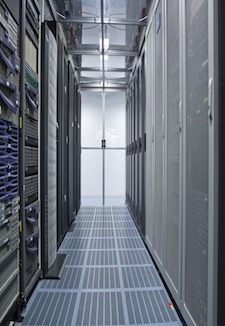A very strong focus of the Laboratory is to develop computational approaches to predict and model enzymatic complexes at different levels of molecular detail. For this, we combine computational and experimental data to drive the modelling process. We aim to holistically characterize biomolecular interactions and enzymatic pathways, produce prediction models and optimize experimental characterization in order to understand life processes to a more fundamental level.
Biocomputing software in the Kastritis Lab
Our Laboratory is interested in modelling the structures of biomolecular complexes. For this, we extensively use famous modelling software, e.g. Modeller, Gromacs, i-TASSER, but we are also heavily using and developing software for HADDOCK. HADDOCK was developed by Prof. Alexandre Bonvin in Utrecht. The Kastritis Laboratory is contributing to its active development. Here in Halle, we aim to develop scoring functions and integrative modelling solutions, focusing on cross-linking and cryo-electron microscopy data.
Resources of the Laboratory
 Our Laboratory has access in the IANVS cluster of the MLU, with a storage capacity of 1 PB and an overall cluster power of >260 TFlops. Most of the biomolecular modelling and image processing is happening there. In detail, it is equipped with:
Our Laboratory has access in the IANVS cluster of the MLU, with a storage capacity of 1 PB and an overall cluster power of >260 TFlops. Most of the biomolecular modelling and image processing is happening there. In detail, it is equipped with:
2 login nodes with 256 GiB RAM 180 "small" compute nodes with 128 GiB RAM 76 "large" nodes with 256 GiB RAM 2 "special" nodes with 1 TiB RAM 12 "gpu" nodes with 256 GiB RAM and 4 Nvidia GTX 980 Ti each

